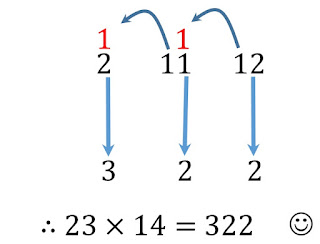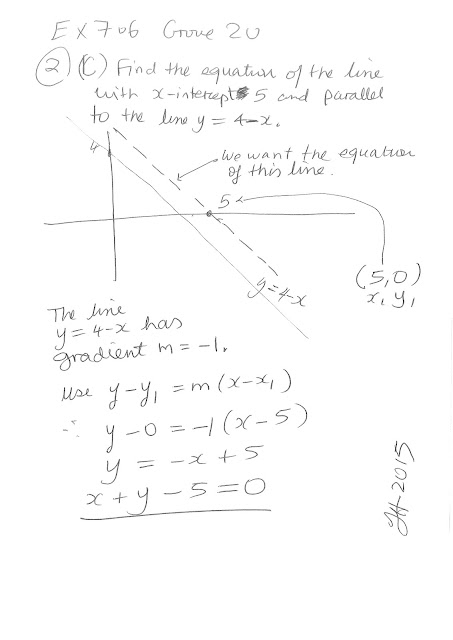Our Calendar starts with the birth of a religious figure. What if Jesus had never existed. What year would it be now?
There are four options as I see it and I prefer the third one. The problem is really that there is no one date that can be used as an absolute date back in time as a start date for humanity. For a bit of fun though we can think of the year $2016$ as being re-calibrated in either of four ways. If you can think of any others let me know!
Any re-calibration of the Year will be an approximation, and we will simply have to make a choice and stick with it. The important thing about the re-calibrated years below is the order of magnitude of the number of years, which reflects more about what humanity has gone through.
THE YEAR $5516$ - Since Historical records
The earliest written historical records seem to go back $3500$ years BC to the first Egyptian Dynasty. Some people think we will eventually find written historical record back to $4000$ BC, for example in the archaeological digs in Egypt, which are ongoing. If you take the first Egyptian Dynasty as the oldest written historical record which dates to $3500$ BC and hence as the start point of our time. Then $2016 + 3500 = 5516$. This one is for those who demand actual symbolic writing as the start of the modern human race.
THE YEAR $41\,016$ - Since Earliest Rock Painting
This is the one if you accept that the earliest rock paintings as the start point of the re-calibration. This may change with new confirmed discoveries. Rock art and rock paintings have been discovered which date to at least as far back as $41\,000$ years (El Castillo Spain). There is some talk of rock art in Australia going further back to $50\,000+$ but these have not been accurately dated in a scientific way yet, so inconclusive. So use $41\,000$ and then add the $16$ years. That way we still relate to the year $16$ as in $2016$.
THE YEAR $30\,016$ - Since Agriculture
This one is for you if you accept that the switch to agriculture as the start of the time. Scientists tell us that humans have evolved rapidly in the past $30,000$ years as we have switched from hunting and gathering to agriculture (Scientific American, September 2014 Volume 311, Number 3), I can send you the article) and so it has basically taken us this long to get our act together.
This is my favorite and I decided to go back to the year $2000$ and backdate the $30\,000$ from there and then add the $16$ years since then. That way we still relate to the year $16$ as in $2016$. The order of magnitude of the year is now correct with regard to when it all began!
THE YEAR $7\,000\,016$ - Since Gorillas/Chimps
This is for those who take the start point from where evolution turned to create humans. Scientists say that it was about $7\,000\,000$ years ago, Start of the human lineage, following a split with the lineage containing chimpanzees and gorillas.
HAPPY NEW YEAR $30\,016$!!


















































